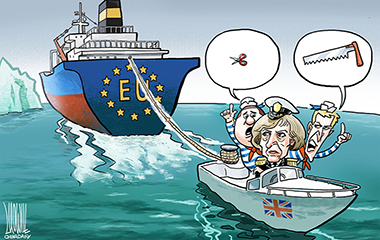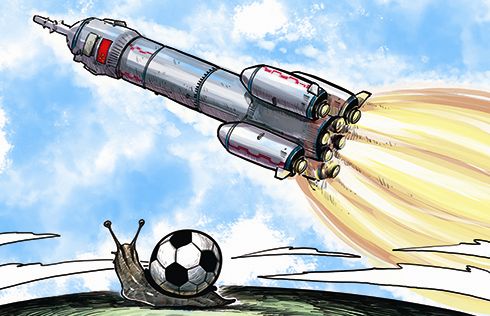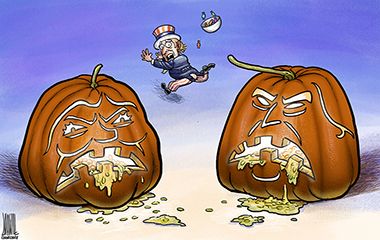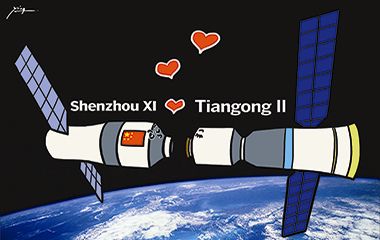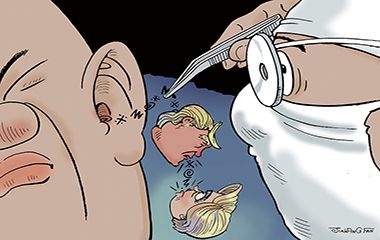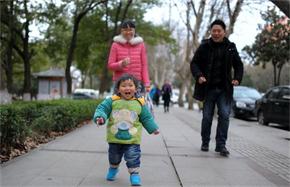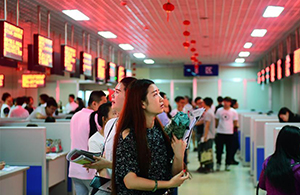Changing trade structure
China's new leadership will introduce new round of economic reforms and promote policies to boost imports
China's foreign trade was sluggish last year. Although it increased to $3.866 trillion, up 6.2 percent from 2011, this was significantly lower than the 10 percent annual growth goal set by the government. Exports reached $2.05 trillion, up 7.9 percent, and imports totaled $1.82 trillion, an increase of 4.3 percent. The trade surplus was $231.1 billion, expanding 49.2 percent.
However, China's imports and exports increased 8.2 percent in December compared with a month earlier and its trade surplus rebounded to $31.6 billion, demonstrating there is great potential for China's exports and economy, as it actively changes its trade structure.
First, China's export destinations have become more diversified. For example, annual exports to emerging economies grew much faster than exports to the European Union and the United States. The EU remained China's largest trading partner and the US the second largest, and their combined trade volume accounted for more than 36.5 percent of China's overall foreign trade. However, there was significant growth in trade with emerging markets. For example, imports and exports to members of the Association of Southeast Asian Nations reached $400.3 billion, an increase of 10.4 percent.
Second, China's processing trade has declined modestly. In 2012, China's general imports and exports grew 4.4 percent year-on-year, accounting for 52 percent of the total value of foreign trade. Over the same period, processing trade imports and exports accounted for 34.8 percent of the total value of foreign trade, down 9.2 percentage points compared with 2011. This was mainly due to the sharp rise in production costs, which led to the processing trade transferring overseas. The decline in the processing trade has been conducive to the structural optimization of China's foreign trade, and to the enhancement of its international competitiveness.
Third, exports from China's middle and western regions increased significantly last year, with the growth in exports from mid-western China far higher than national average. Furthermore, in the process of the shift in industry to the interior, technology has been updated, economic efficiency has been increased, and the ecological environment has been protected.


